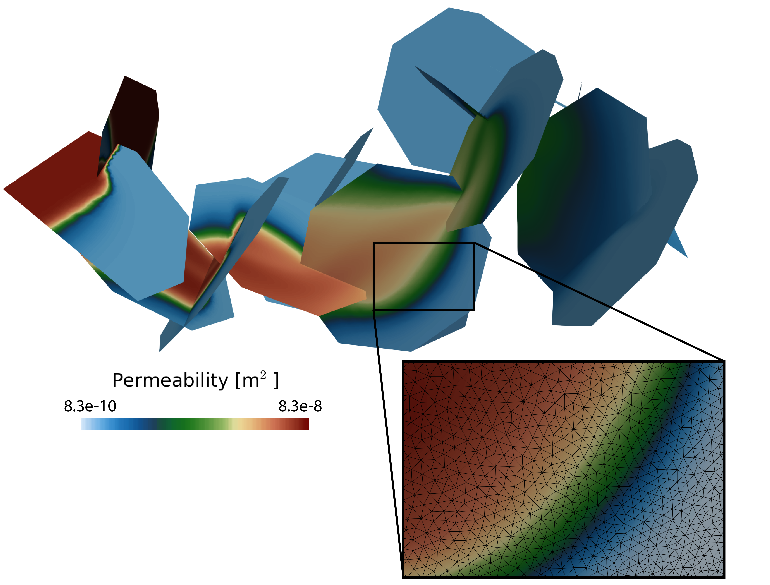Geosciences
This program accepts and reviews proposals continuously under the annual Funding Opportunity Announcement (FOA) entitled, “Continuation of Solicitation for the Office of Science Financial Assistance Program” available on the Open FOA page. It is recommended that a full application be submitted before November 30th to facilitate a funding decision by June of the following year. Preproposals (white papers) are strongly encouraged for all new proposals or changes in research direction and should be submitted through PAMS well in advance of a full application. Please see BES guidance for New Grant Applications from Universities and Other Research Institutions.The Geosciences program supports basic experimental, theoretical, and computational research in geochemistry and geophysics that has clear connections to energy or recovery of critical elements. Geochemical research emphasizes fundamental understanding of the reaction mechanisms and rates associated with geochemical processes, focusing on molecular-mesoscale aspects of minerals and interfaces and on the molecular origins of critical element/isotope distributions and their influence on migration/separation/fractionation pathways in the earth, ranging from weathering environments to magmatic/hydrothermal systems. Geophysical research focuses on new approaches to understand subsurface processes that characterize the evolution of fractures in the upper crust, particularly when associated with enhanced geothermal systems and CO2 mineralization and storage.
Applicants should look at the geosciences-aligned priority research directions and opportunities discussed in the BES workshop and roundtable reports. The reports that contain particularly topical geosciences topics include Foundational Science for Carbon Dioxide Removal Technologies (2022), Basic Research Needs for Energy and Water (2017), and Controlling Subsurface Fractures and Fluid Flow: A Basic Research Agenda (2015). Recent examples of projects in the program have focused on (1) understanding mechanisms of enhanced carbon mineralization, (2) molecular-level reading of the rock record preserved in shales and biogenic carbonates, (3) molecular-level insights into the behavior of rare earth elements (REEs) in hydrothermal fluids and at the mineral/solution interface, (4) atomistic-level understanding of the distribution and coordination environment of REEs and platinum group elements (PGEs) in secondary host phases, and (5) multiscale aspects of the structure and dynamics of fracture systems in field and laboratory environments, particularly as revealed by novel data science techniques applied to acoustic/seismic emissions.
The inclusion of machine learning, artificial intelligence, and computational methods are particularly desirable. While the work should have a well-defined connection to clean energy/critical elements applications, priority in BES Geosciences funding is given to research that has strong potential for breakthrough science. Examples include (but are not necessarily limited to): Direct air capture/mineralization and geologic storage of carbon dioxide; hydrogen storage; earth-abundant minerals for energy conversion to electricity and fuels; and fundamental properties and occurrences of critical elements to enhance understanding and prediction of resource distributions and/or improve separation and extraction processes from naturally occurring host phases. Applicants must make a strong case for (i) the relevance of the work to clean energy or critical materials/minerals and (ii) the fundamental mechanistic nature of the work (i.e., why the work belongs in Basic Energy Sciences). Modeling-focused applications that do not clearly indicate direct engagement with novel and compelling data sets will also be discouraged.
To obtain more information about this research area, please see the proceedings of our Principal Investigators' Meetings. To better understand how this research area fits within the Department of Energy's Office of Science, please refer to the Basic Energy Science's organization chart and budget request.
For more information about this research area, please contact Dr. Philip Wilk.



